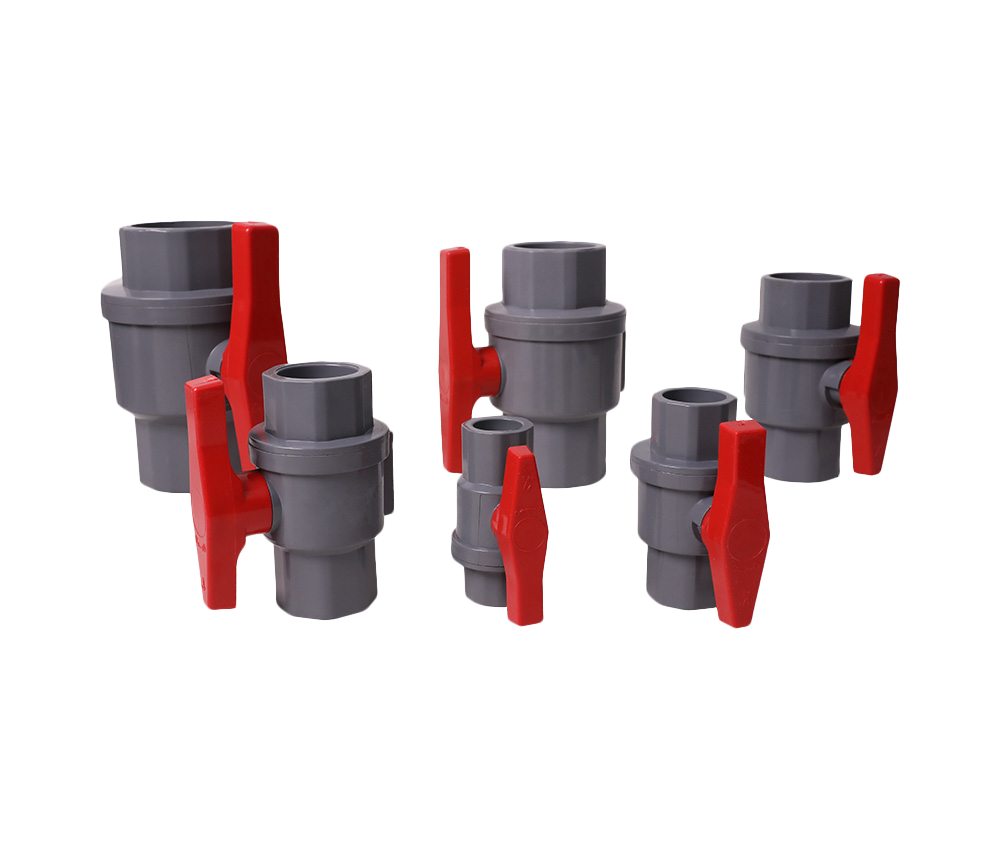Types of valves Valves can be divided into gate valves, globe valves, check valves (check valves), ball valves, butterfly valves [center sealing butterfly valves, single eccentric sealing butterfly valves, double eccentric sealing (high performance) butterfly valves, triple eccentric sealing (can reach zero Leakage) butterfly valve], diaphragm valve, trap, spring type safety valve, pilot valve type safety valve.
1. The gate valve is suitable for most switching operations, vibration-free hydrocarbons and public facilities in all temperature ranges. During operation with vibration, the gate valves may open or close from their normal positions. Unless the stem packing is carefully adjusted, the torque characteristics of gate valves are better than ball valves and plug valves, but they do not have the convenient operating characteristics of 90-degree rotation.
2. Shut-off valve When a good throttling control is required (such as a bypass pipe of a control valve or a small exhaust hole), the shut-off valve is the most suitable.
3. When the operating temperature of the ball valve is between -29°C and 200°C, most manual (opening and closing) ball valves are suitable for the operation of hydrocarbons and public systems. For ball valves used above 100°C, careful consideration should be given to soft The temperature limit of the sealing material should be above 100°C. In high temperature or severe abrasion operations, metal-sealed ball valves should be considered, but it should be noted that the operating torque must be increased.
4. Check valves come in various forms: including swing, lift, ball, piston, and separate disc swing check valves. Among them, the fully open swing check valve is suitable for most non-fluctuation situations. Swing check valves are also used in vertical pipelines (upward flow direction). At this time, there is a stop block in the valve to prevent the valve from opening beyond the top dead center.
5. Butterfly valves Ordinary butterfly valves are suitable for rough throttling and low pressure, hydrocarbon-free, and non-hazardous operations. They are not suitable for important shut-off valves for containers and tanks. In working conditions where the temperature is higher than 65°C or the pressure level is higher than ASME150 or dangerous fluids, wireless butterfly valves should be used. Because the butterfly valve can be opened by vibration with a small torque, the handle should be equipped with a locking device.
6. Diaphragm valve (sheet shape) In the design of this valve, a diaphragm made of synthetic rubber is connected to the valve stem, and the closing of the valve is achieved by pressing the diaphragm on the metal boss (it is a part of the valve body) . Diaphragm valves are mainly used in low-pressure water 1400kPag (200psig or less) operations, they are especially suitable for systems containing sand and other solid particles.
7. The plug valve is suitable for the operation of hydrocarbon and public system. The plug valve with 90 degree rotation operation is available in lubricated and non-lubricated designs. Lubricated plug valves must be lubricated regularly to make them have good sealing performance and easy operation. The number of refueling depends on the conditions of use. Its lubrication function is a solution to prevent valve jamming.
8. The needle valve is basically a small shut-off valve. They are often used as shut-off valves for instruments and pressure gauges, for small flow throttling of instrument air, natural gas and hydraulic fluid, and for reducing pressure fluctuations in instrument pipelines. The passage of the needle valve is very small and it is easy to block. This should be considered when using it.
https://www.chinavalvefittings.com/
